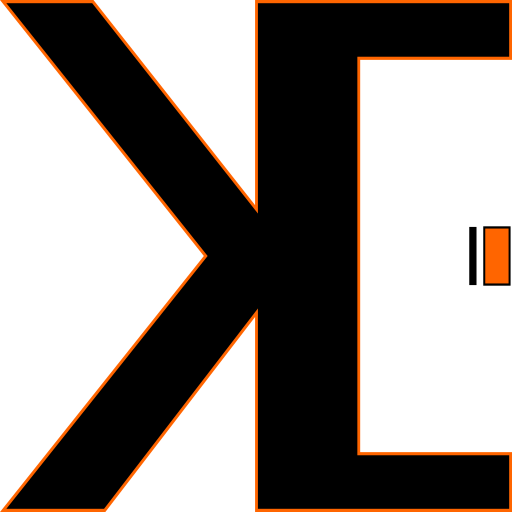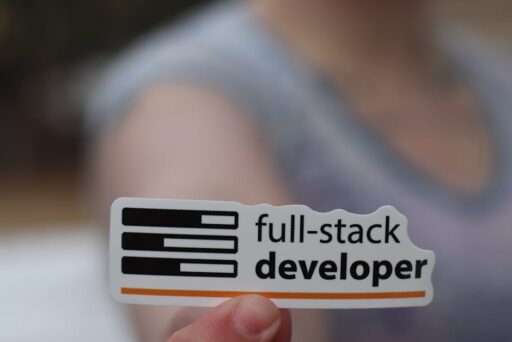The Comprehensive Guide to Becoming a Full Stack Developer
In today’s rapidly evolving IT world, possessing a robust set of tech skills is crucial. One such skill set in high demand is that of a full stack developer. This article delves into what it means to be a full stack developer, the skills required, and the career prospects in this field.
What is Full Stack Development?
Full stack development involves working on both the front-end and back-end aspects of web applications. Full stack developers are like the Swiss Army knives of the programming world, capable of handling a wide range of tasks across different layers of development, from user interface design to server and database management.
Core Skills Needed
A full stack developer must be proficient in:
- Front-end technologies: HTML, CSS, and JavaScript.
- Front-end frameworks such as React.
- Back-end programming languages like Node.js, Python, or Ruby.
- Database management with SQL or NoSQL.
- Version control systems like Git.
- DevOps practices for efficient deployment and integration.
Popular Programming Languages
Full stack developers typically use a variety of languages, with popular choices including JavaScript and Python. These languages empower them to efficiently manage both client-side and server-side development tasks.
Career Prospects and Salaries
Becoming a full stack developer opens up lucrative career opportunities. Here are some average annual salaries:
- United States: $117,000
- United Kingdom: £63,700
- Germany: €47,000 to €75,000
- Canada: $132,444
- Australia: $125,000
Steps to Becoming a Certified Full Stack Developer
To embark on a career as a full stack developer, one should:
- Master the basics of HTML, CSS, and JavaScript.
- Learn front-end frameworks like React.
- Gain expertise in server-side programming.
- Understand database management systems.
- Engage in personal or open-source projects for practical experience.
- Familiarize oneself with version control and DevOps practices.
By following these steps and continuously enhancing their skills, aspiring IT professionals can successfully become proficient full stack developers, ready to tackle complex web development challenges.





